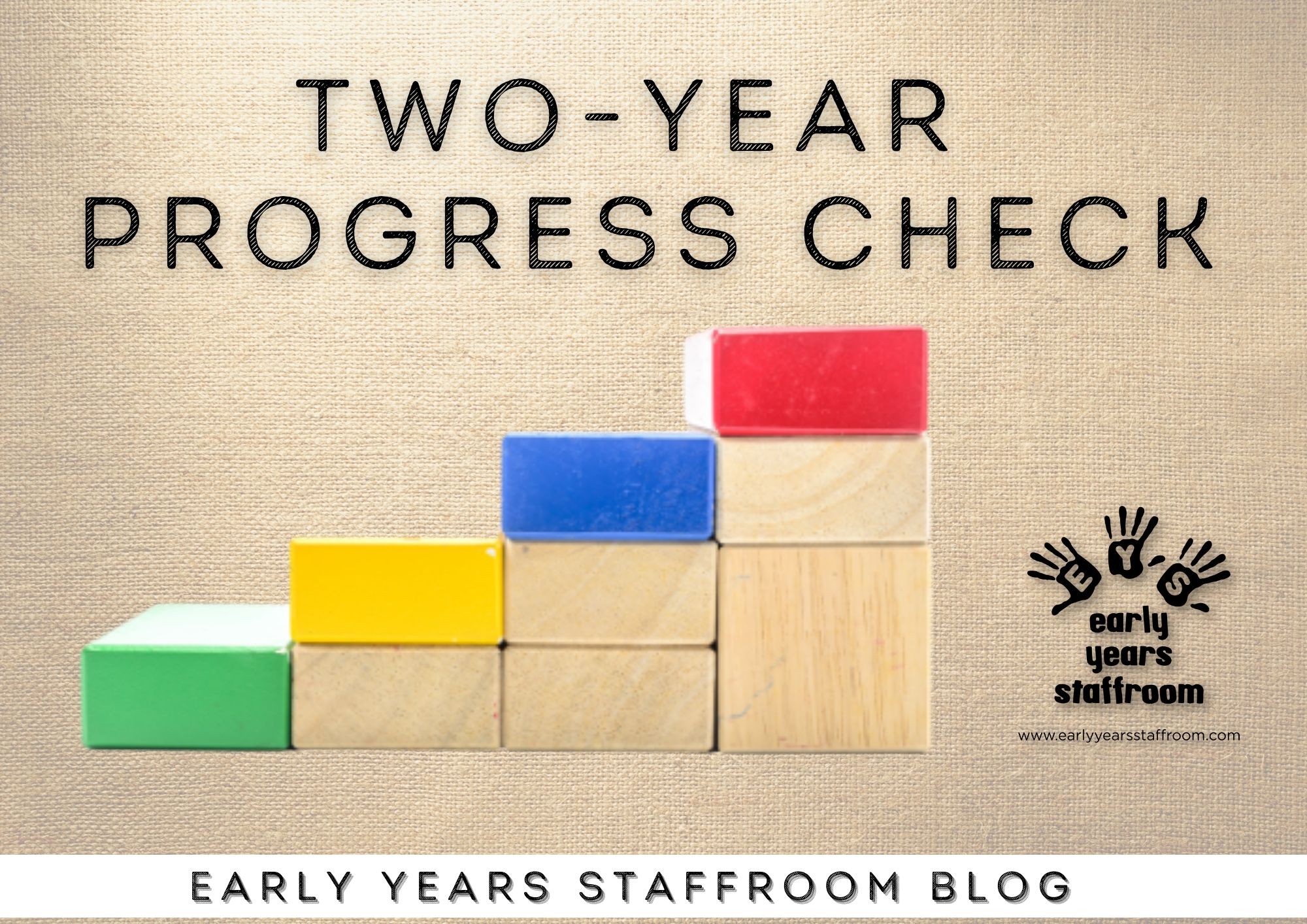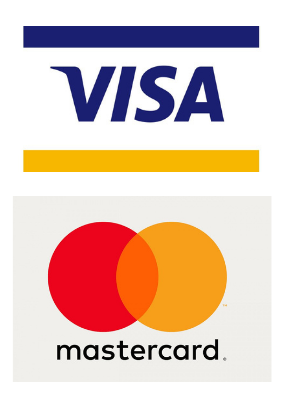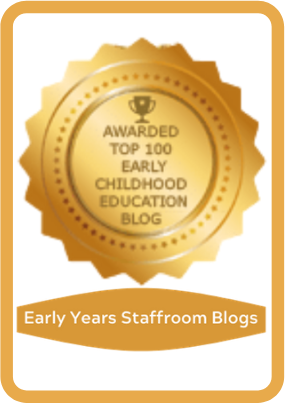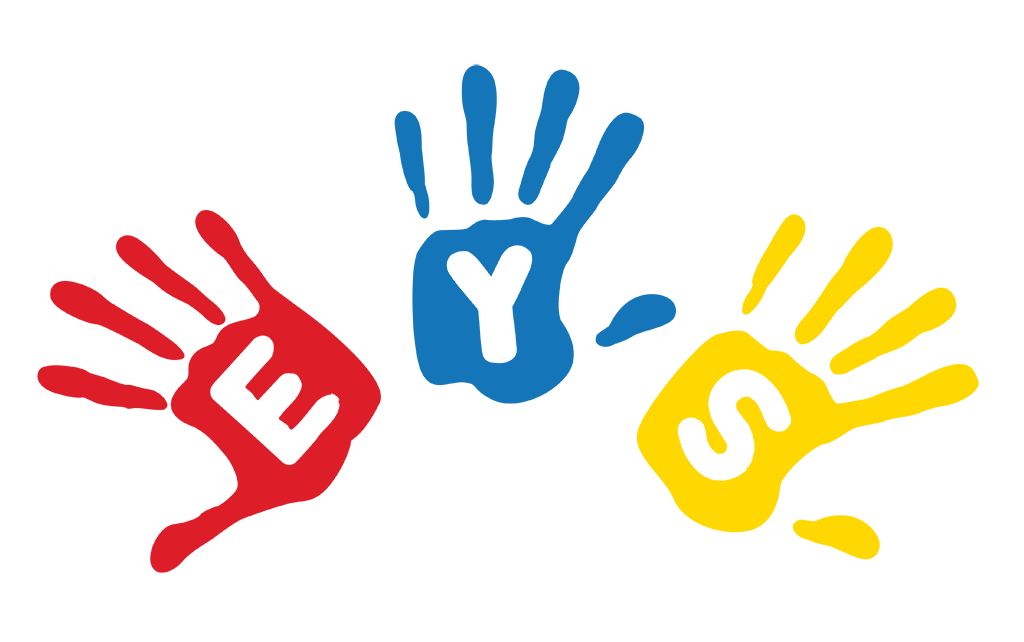“What happens early – matters for a lifetime”
The 2022 Dfe guidance on the Two-Year Progress Check has been updated and reflects the revised EYFS and Development matters (2021). The Two-Year Progress Check remains a statutory requirement.
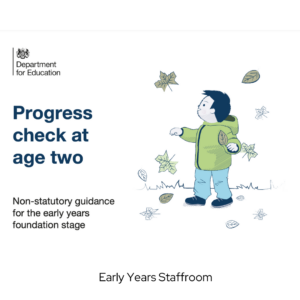
Scientific evidence informs us that the period from birth to two years old is the fastest for brain development. However, according to Ipsos Mori, 2020: State of the nation: Understanding public attitudes to the early years, one in three parents are unaware of this.
Why have a Two-Year Progress Check?
The progress check at age two provides fundamental knowledge for early years practitioners. It can be used to explain the crucial importance of early development to parents/carers. Many parents/carers will want to know what they can do to support their child’s learning, development and wellbeing. In addition to this, listening to information shared by parents and colleagues can make a difference to planning for the needs of the child and their next steps. Early identification therefore supports early intervention.
When should the Progress Check be carried out?
When a child is aged between two and three.
Who carries out the Progress Check?
The Two-Year Progress Check must be carried out by the child’s key person/practitioner. This could be a registered childminder, a practitioner in an early years setting, a practitioner in a nursery school or nursery class.
The new guidance confirms that if the child attends more than one setting; the setting where the child spends most of their time should complete the Progress Check.
Informing parents
An information letter on the Two-Year Progress Check may be beneficial in introducing the purpose of it. First agree with parents when you think the best time would be to complete the Two-Year Progress Check. Factors such as attendance, when the child started in the setting or significant events may need to be considered first.
It is worth noting that practitioners must have the consent of parents/carers to share information directly with other relevant professionals. This could be included on any letter that goes home informing parents about the Progress Check at age two.
What to include in the Two-Year Progress Check?
There is no set way to complete the Two-Year Progress check. It is about giving your professional judgement from your observations. Parents must be informed by way of a short summary of their child’s development in the prime areas (Communication and Language, Physical development and Personal, Social and Emotional Development). It must also contain the child’s strengths, and any areas where the child’s development is less than expected. A targeted plan will also
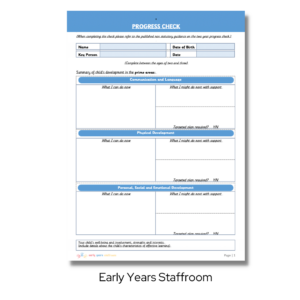 need to be included if there are significant emerging concerns, developmental delays, identified disability(ies) or special educational needs with activities and strategies on how to support these. We have devised an ideal two year check form to download.
need to be included if there are significant emerging concerns, developmental delays, identified disability(ies) or special educational needs with activities and strategies on how to support these. We have devised an ideal two year check form to download.
When asking parents/carers for their contributions prior to completing the check ensure to ask open-ended questions to allow them to expand on their knowledge. Consider how the child’s voice may be reflected in the process. According to the ‘Progress check at age two non-statutory guidance for the early years foundation stage, 2022’: ‘Children have the right to be listened to and valued in the setting. With the right support, children can identify what they have enjoyed or found difficult and assess their own progress. Very young children, including children with SEND, may tell us what they are thinking and feeling through words, or they might use gestures, actions and body language’ .
Additional guidance can be found to support communicating with disabled children by referring to ‘Listening to young disabled children from the National Children’s Bureau’s Young Children’s Voices Network.’
Below in the Further reading and support there is the non-statutory guidance with an example Two-Year check as well as prompts to ask parents that you may find useful. In addition, at earlyyearsstaffroom.com we have devised an editable Two-Year Progress Check that also includes a targeted plan should you require one. When meeting with parents/carers, remember to carry out the check sensitively with care and respect. This will avoid any feelings of being ‘judged’. You may need to consider the use of an interpreter for families with English as a second language. The Progress Check may also include relevant information given by the child’s GP, health visitor and/or other professionals. You may wish to seek support from managers should you need it, or sound out with them what to include.
What to do next?
- Ensure parents/carers have had a chance to respond on the Progress Check and provide them with a copy.
- Encourage parents/carers to share the Progress Check information with other professionals, including their health visitor and new staff if the child moves to another setting.
- Keep a copy of the Progress Check to add to the child’s file as evidence that it has been completed and bear in mind that Ofsted may wish to look at any Progress Checks.
- If a child leaves the setting according to the Statutory framework for the EYFS 2021 ‘Records relating to individual children must be retained for a reasonable period of time after they have left the provision.’
- Ensure the appropriate learning and development steps are actioned for the best interests of the child and work with the necessary professionals, including the SENCO to implement the actions.
Third party video source. We accept no responsibility for any videos from third party sources.
The Progress Check is now more crucial than ever as we try to recover from the effects that the Covid-19 pandemic has had on our education system.
Try not to think of it as a ‘tick list’ operation, or provide lengthy data alongside it. The Progress check should reduce any excessive paperwork and not involve long periods away from the children in order to complete. Let’s make the most of the opportunity to engage with parents who know their children best, so we can achieve the greatest possible outcomes for their child.
Blog written by: Sarah Detheridge
